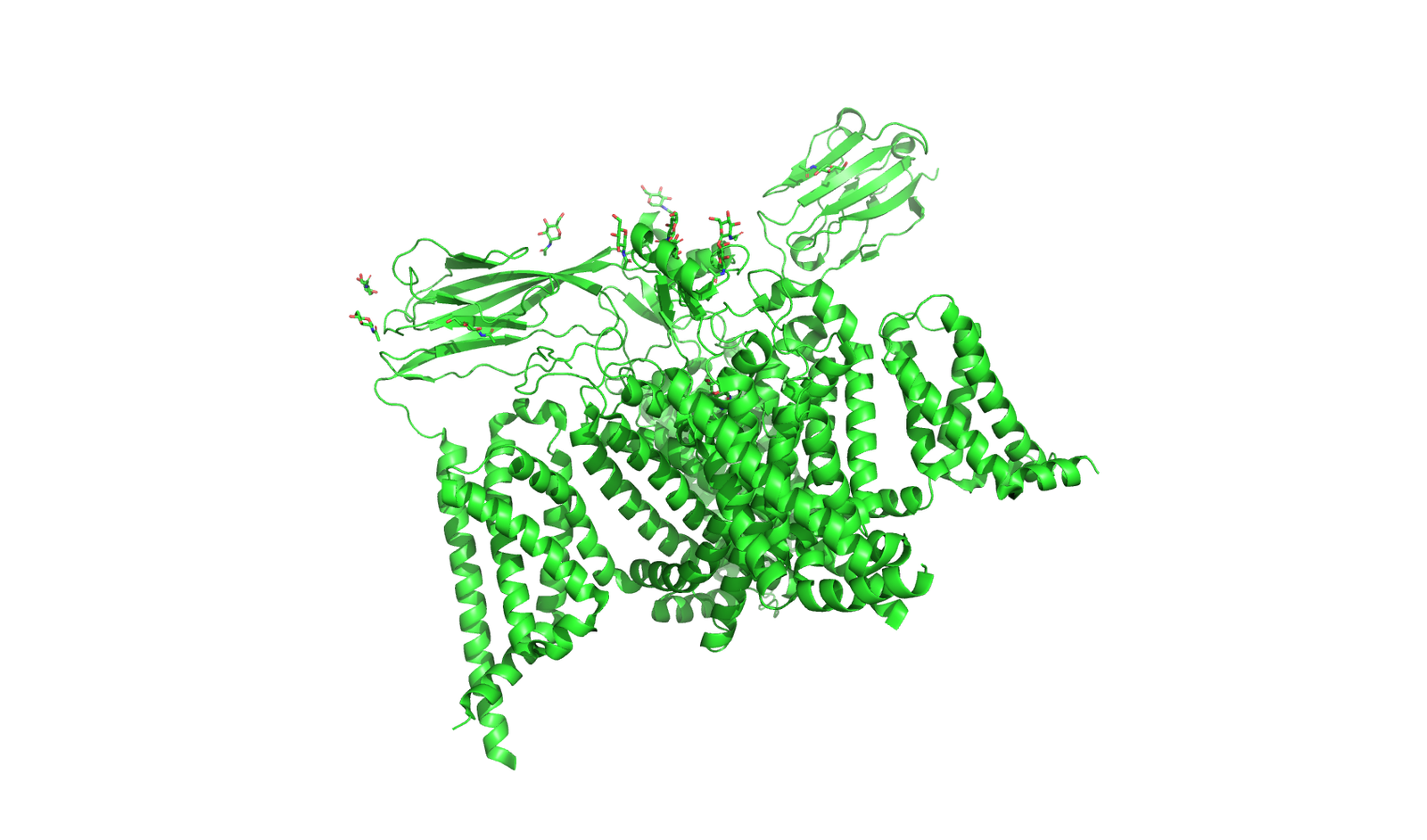Imagine living in a world where the sensation of pain is completely alien. For a select few, this is not a science fiction scenario but their everyday reality. These individuals possess a rare genetic mutation that prevents them from feeling pain, a condition that is as fascinating as it is puzzling. The implications of such a mutation are profound, affecting not just the individual’s perception of the world but also offering potential insights into pain management for the wider population.
Understanding Congenital Insensitivity to Pain
Congenital Insensitivity to Pain (CIP) is a condition that renders individuals incapable of sensing physical pain. This rare disorder is caused by mutations in specific genes that are responsible for pain perception. While it might initially seem like a superpower, the inability to feel pain can lead to severe, sometimes life-threatening consequences. Without the natural warning signals that pain provides, individuals with CIP may not realize when they are injured or if an underlying medical condition is present.
The Science Behind the Mutation
The genetic mutation associated with CIP affects the SCN9A gene, which encodes a protein known as Nav1.7. This protein is crucial for transmitting pain signals to the brain. When the SCN9A gene is mutated, the Nav1.7 protein is either absent or non-functional, preventing pain signals from being sent. This disruption in the pain pathway results in the complete absence of pain perception, illustrating how a single genetic alteration can have profound effects on the human experience.
Real-Life Implications for Those Affected
Living without pain might sound ideal, but for those with CIP, it presents numerous challenges. Everyday activities become fraught with danger, as injuries can occur without the individual realizing it. For instance, a simple cut or burn might go unnoticed, leading to infections or more severe complications. Parents of children with CIP often face a constant struggle to protect their children from harm, as children naturally explore their environment without the usual pain-related deterrents.
Potential Benefits of Understanding CIP
While CIP presents challenges for those affected, studying this condition offers valuable insights into the mechanisms of pain. By understanding how the SCN9A mutation disrupts pain pathways, researchers hope to develop new pain management therapies. Such treatments could potentially benefit millions of people who suffer from chronic pain conditions, providing relief without the need for traditional painkillers, which often come with side effects and the risk of addiction.
The Role of Nav1.7 in Pain Perception

Nav1.7 is a sodium channel found in nerve cells that plays a critical role in transmitting pain signals. It acts like a gatekeeper, opening to allow sodium ions to flow into the cell, which then triggers the electrical impulses that travel to the brain. In individuals with CIP, this channel does not function properly, effectively silencing the pain signals. Understanding the exact role of Nav1.7 in pain perception is crucial for developing targeted therapies that can modulate its activity in people who experience chronic pain.
Challenges in Diagnosing CIP
Diagnosing CIP can be challenging, especially in infants and young children who cannot articulate their experiences. Often, the condition is identified after repeated injuries or unexplained fevers, prompting further investigation. Genetic testing can confirm the presence of the SCN9A mutation, but awareness among healthcare providers is key to ensuring early diagnosis and management. By recognizing the signs of CIP, families can be better prepared to deal with the unique challenges it presents.
The Psychological Impact of Living Without Pain
The absence of pain does not just have physical implications but psychological ones as well. Pain is a fundamental part of the human experience, shaping our interactions with the world and our understanding of danger. For those with CIP, the lack of pain can lead to a disconnect from these shared experiences, sometimes resulting in feelings of isolation or misunderstanding. Support from family, friends, and mental health professionals can be crucial in helping individuals with CIP navigate these challenges.
Exploring the Limits of Human Experience
CIP challenges our understanding of the human experience by highlighting the essential role of pain in our lives. It forces us to reconsider the notion of pain as purely negative and to appreciate its protective function. By studying those who are unable to feel pain, we gain a deeper understanding of the sensory systems that govern our interactions with the world and how they contribute to our survival.
Future Directions in Pain Research
The study of CIP is opening new avenues in pain research, with scientists exploring how the insights gained from this condition can be applied to broader pain management strategies. Advances in gene editing technologies, such as CRISPR, offer the potential to correct the genetic mutations responsible for CIP. Moreover, understanding the mechanisms that block pain signals in CIP could lead to the development of novel pain relief methods that are both effective and safe.
Concluding Thoughts: A World Without Pain
The story of those who cannot feel pain is a reminder of the complexity and wonder of the human body. It challenges us to think differently about pain, not just as a source of discomfort but as a critical component of our survival. As research into CIP continues, it holds the promise of new treatments that could revolutionize pain management for millions. The question remains: how can we harness this knowledge to improve the lives of those who suffer from chronic pain?




